#downtown pittsburgh
Explore tagged Tumblr posts
Photo

Liberty Ave
#downtown pittsburgh#pa#portra 400#film photography#pittsburgh#cityscape#35mm#film#pennsylvania#downtown#june#my work#photography
123 notes
·
View notes
Text
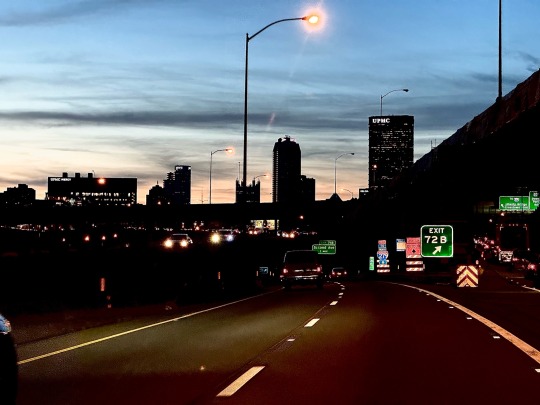
#photography#pittsburgh#pennsylvania#pa#pgh#edit#downtown pittsburgh#downtown#urban photography#dusk#shot at dusk#dusk lighting
35 notes
·
View notes
Text






#ferris wheel#downtown pittsburgh#cityscape#Fall#2024#October 9th#Roberto Clemente Bridge#photooftheday
3 notes
·
View notes
Text

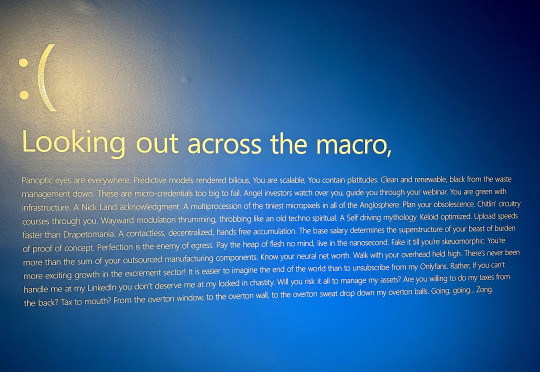
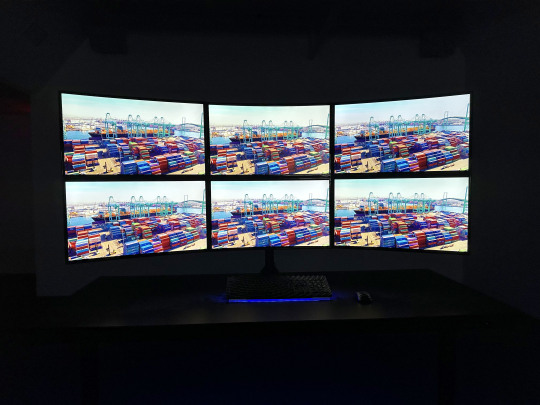

Today’s throwback is to Jenson Leonard’s solo exhibition Workflow, at Wood Street Galleries in Pittsburgh, from the beginning of February.
From the gallery about the work-
Workflow, the first institutional solo exhibition of artist Jenson Leonard, centers on a titular film that explores the velocity and momentum of Blackness as it relates to the philosophical concept of acceleration—the notion that the only way out of capitalism is through its intensification.
In Workflow, a spectral Michael Jackson Halloween mask recites a surrealistic quarterly earnings reports. Building on a 2017 essay by artist Aria Dean titled “Notes on Blacceleration,” the short film centers on the ways in which the Black subject grapples with its commodified status within the labor market despite—or, resultant of—its own history as a commodity, stemming back to the Trans-Atlantic slave trade. Completed during Leonard’s residency at Pioneer Works in 2021, the video utilizes uncanny humor as a mechanism to expose the shared grammars inherent in Afro-pessimism and speculative finance.
Within the exhibition, the film repeats simultaneously across two grids of computer monitors situated on ergonomic desks that flank the gallery, mimicking the workstations that can be found ubiquitously across stock trading floors and financial institutions. Sculptures modeled after computer keyboards and mouses are displayed on the desks, each rendered inoperable by concentric riffs that symbolize the erratic transformations caused by the flows of capital. The appearance of Jackson represents a transmogrification of its own; whereas many have aligned the controversial pop icon’s bleached skin and surgical procedures with Black self-hatred, Leonard positions his bodily modifications as a radical rupture from racial paradigms of being.
In Leonard’s own words, “Workflow is defined as the sequence of industrial, administrative, or other processes through which a piece of work passes from initiation to completion. My film seeks to disabuse notions of completion, whether it be completion of the human, the nation state, or civil society. As Dean notes, Blackness is ‘always already accelerationist’ via its incongruence with Western humanism, a wrench thrown into the locomotive gears of ‘capital and subjecthood.’ Her essay prompts us to look toward the way that the Black has been historically constructed outside of the human, as coterminous with the slave. Slavery therefore represents a kind of proto-automation, a mass forced coercion of labor, and the Blacks’ transition from object to subject calls for a reappraisal of accelerationist ideas about the (non)human entity and its revolutionary potential.”
The artist continues, “There is something about going to work—the repetition of it—that gets inscribed at an epigenetic level, as an everyday, embodied violence. From there, I thought about the panoptic workplace (open air plan, transparent yet closely surveilled, management that does not have to be in the room to be monitoring you), the fetish of efficiency (ergonomic mouse and keyboards so you can work longer), biometric data of a labor force (fingerprint and facial scans to help reduce repeat processing tasks). All of these methods to maximize profits and production can be traced back to methods worked out and perfected in the cotton and sugar cane fields hundreds of years prior.”
The text from the video was included on one of the gallery walls (image above) but I’ve included it below as well as it is definitely worth reading.
“Looking out across the macro- Panoptic eyes are everywhere. Predictive models rendered bilious, You are scalable, You contain platitudes. Clean and renewable, black from the waste management down. These are micro-credentials too big to fail. Angel investors watch over you, guide you through your webinar. You are green with infrastructure. A Nick Land acknowledgment. A multiprocession of the tiniest micropixels in all of the Anglosphere. Plan your obsolescence. Chitin’ circuitry courses through you. Wayward modulation thrumming, throbbing like an old techno spiritual. A Self driving mythology Keloid optimized. Upload speeds faster than Drapetomania. A contactless, decentralized, hands free accumulation. The base salary determines the superstructure of your beast of burden of proof of concept. Perfection is the enemy of egress. Pay the heap of flesh no mind, live in the nanosecond. Fake it till you’re skeuomorphic. You’re more than the sum of your outsourced manufacturing components. Know your neural net worth. Walk with your overhead held high. There’s never been more exciting growth in the excrement sector! It is easier to imagine the end of the world than to unsubscribe from my Onlyfans. Rather, If you can’t handle me at my Linkedin you don’t deserve me at my locked in chastity. Will you risk it all to manage my assets? Are you willing to do my taxes from the back? Tax to mouth? From the overton window, to the overton wall, to the overton sweat drop down my overton balls. Going, going… Zong.”
#Jenson Leonard#Wood Street Galleries#Video Art#Pittsburgh Cultural Trust#Sculpture#Art#Pittsburgh Art Shows#Art Shows#Pioneer Works#Brooklyn Art#Brooklyn Art Galleries#Downtown Pittsburgh#Afro-pessimism#Michael Jackson#Aria Dean#Pennsylvania Art Shows#Pittsburgh Art#Political Art#TBT
2 notes
·
View notes
Text
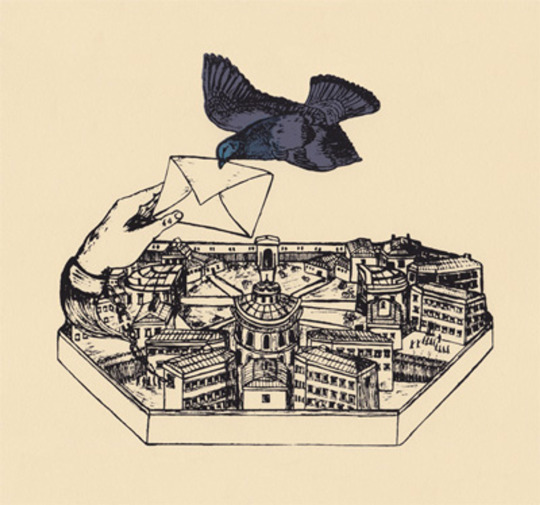
Following a violent police raid, two activists in #Pittsburgh face potentially decades in federal prison, stemming from charges surrounding protests of a transphobic speaker who called for trans people to be "eradicated from public life." More info here:
#pittsburgh pa#charter bus rental pittsburgh#transphobes#usa#america#lgbtqia+#pittsburgh pirates#pittsburgh maulers#pittsburghartist#pittsburgh penguins#pittsburgh pride#downtown pittsburgh#pittsburgh pennsylvania#limo rental pittsburgh#pittsburgh police#pittsburgh car service#pittsburgh steelers#pittsburgh n1#university of pittsburgh#pittsburgh night 2#limo service pittsburgh#pittsburgh#transphobic#transgender#trans man#trans geek#trans genocide#trans solidarity#trans soldier#trans
2 notes
·
View notes
Text

Artist gz.jr on Instagram
#mac miller#thank you#swimming in circles#fan art#street mural#love#fashion#tumblr#asthetic#vibes#style#views#happiness#music#wall art#artoftheday#pennsylvania#downtown pittsburgh
2 notes
·
View notes
Text
So, how cold has it been in Pittsburgh?
Tuesday – photo by Mitch Waxman The rivers have frozen over, that’s how cold it’s been. According to the U.S. Army Corps of Engineers, the ice on the Allegheny Riveris about two to three inches thick here in Pittsburgh, but up river on the Allegheny River it’s as much as two to three feet thick. They’re worried about ice jams roaring down the river during the spring thaw, according to news…

View On WordPress
0 notes
Text
Steel City Sparkles: Downtown Pittsburgh Adventures 2025
Pittsburgh, once synonymous with steel, has transformed into a vibrant hub of culture, innovation, and undeniable charm. Downtown Pittsburgh is a testament to this renaissance, boasting stunning architecture, world-class museums, and a thriving culinary scene. Here’s a glimpse into what awaits you: Architectural Marvels: Point State Park: Where the Allegheny and Monongahela Rivers converge,…

View On WordPress
0 notes
Text
The Craftsmanship Behind Pittsburgh's Iconic Buildings
#Architectural Heritage#Arrott Building#Community Events#Downtown Pittsburgh#Fort Pitt Tunnel#Historic Buildings#Historic Firehouses#Pittsburgh Architecture#Pittsburgh History#Pittsburgh Tourism#Steel City Landmarks#Stonemasonry Craftsmanship
0 notes
Text

Photo by Dustin McGrew Photography
Happy Pride from Pittsburgh, Pennsylvania ❤️🧡💛💚💙💜
1 note
·
View note
Photo

Pittsburgh Skyline
#downtown pittsburgh#pa#clouds#portra 400#blue hour#skyline#film photography#pittsburgh#cityscape#pennsylvania#35mm#film#point state park#june#my work#photography
20 notes
·
View notes
Text

#photography#downtown pittsburgh#pittsburgh#downtown#urban#urban photography#car#shot through window#shot through car window#pgh#pennsylvania#pa
1 note
·
View note
Text

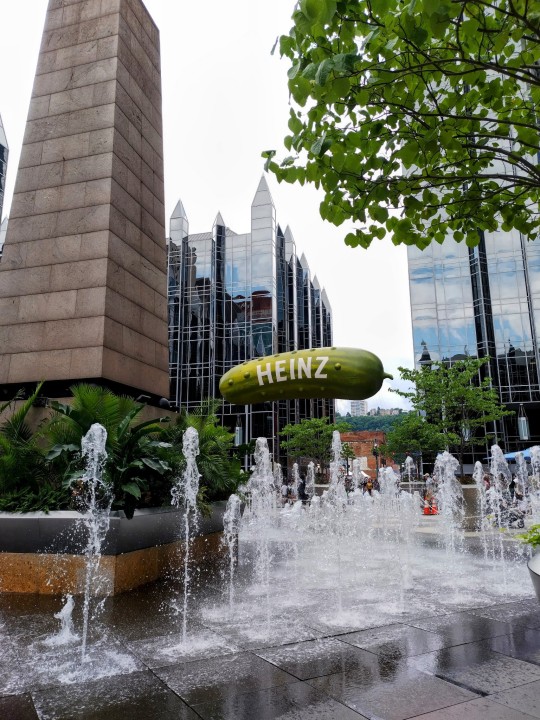

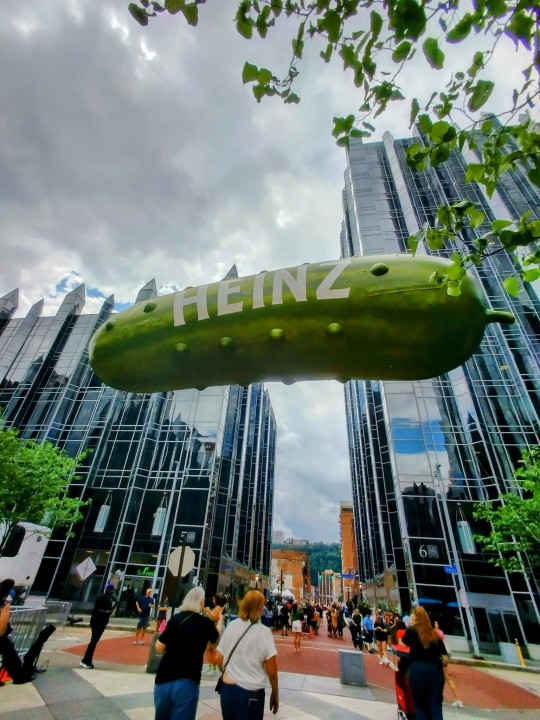
#pittsburgh#downtown pittsburgh#2023#cityscape#summer#art#urban landscape#urban photography#picklesburgh
14 notes
·
View notes
Text

The National Museum is a public art project founded and curated by Jon Rubin and presented by Pittsburgh Cultural Trust. Different artists are invited to change the name of the museum and an essay is written using the title as a jumping off point. The first iteration is by artist and writer Pablo Helguera.
About the project from Jon Rubin’s website–
The National Museum repeatedly asks which stories, histories and futures are deemed worth saving and which are ignored or forgotten. Each month, a different artist is invited to change the name of the museum and a national writer is invited to use that museum title as the jumping off point for an essay. In its first year, the project currently consists of storefront signage, street posters, printed broadsheets, a website and monthly accompanying essays.
When a name starts with “The National Museum” it triggers contentious and political associations with borders, nationhood, even citizenship and belonging. Who gets to determine the belonging of an entire group of people bound only by the fact of their geographical location. There’s something absurd about that, if you think about it. Instead of claiming ownership over a diverse populous or even a disparate set of objects, can the notion of the “national” be rethought as something that is less tangible, less object-oriented?
There is a fundamental hubris and absurdity in calling something, anything, a museum, let alone The National Museum. But, in many ways, it’s really no different than any other museum that someone, usually with far more money, privilege, and power than any of my artist peers or myself, has simply made up. So, in a way, the project functions as a kind of loophole or work-around, a participatory fiction that allows a variety of artists to put forth an ongoing series of grand propositions, a theoretical institution that repeatedly brings into question the certainty and reality of our pre-existing institutions.
The National Museum elucidates how museums, especially national ones, are perhaps no different than the nation-states in which they reside. Each is an imagined political construct, a collective fiction used to collect, categorize, narrativize, and control. Throughout modern history museums have used the collections they steward and the stories they tell to validate extractive legacies of colonialism. And, although our current museums, both national and private, are staffed by people with experience in the arts and humanities, the ultimate decision-makers in many of these institutions are wealthy donors and trustees who derive financial benefits from, and exert ideological control over, the fundamental mission of museums. So, while the general public think museums are nominally for “everyone,” the truth is that they are delimited by economic, geographic, racial, and cultural boundaries that restrict their function, design, and access to select publics.
Pablo Helguera’s essay on building façades as art and metaphor, Creditable Unrealities, is included on the broadsheet for the project (as well as his Substack Beautiful Eccentrics), and is a highly enjoyable read.
It includes this passage on how he came up with his name for the museum-
“Ultimately, I reasoned that façades are the most direct indicator of the time when they were built: they are the things that we try to use as visual reference to identify a city we know in a historic photograph; they are time markers. And when it comes to museums, they traditionally seek to project timelessness, especially those august institutions whose neoclassic façades promise a container of art for the ages. So I thought that this façade should be the threshold not of art history but of our own awareness of that history and our minuscule place in it, knowing that the present that we are living so vividly will soon wash away, largely unimportant within the broader scope of human life. In 2001, doing research on people who consumed ecstasy, I was struck by the effect that their drug had in some people’s temporal awareness, and how it resonated with my own (drug-free) experiences. Thus the phrase “I have nostalgia for the moment I am living”, which gave the inaugural title to the National Museum.”
The next iteration of the museum will feature Edgar Heap of Birds (Hock E Aye Vi). The broadside will be written by poet, writer, lecturer, curator, and policy advocate Suzan Shown Harjo.
#The National Museum#Jon Rubin#Pablo Helguera#Pittsburgh Cultural Trust#Pittsburgh Public Art#Public Art#Art#Art Writing#Downtown Pittsburgh#Edgar Heap of Birds#Essays#Hock E Aye Vi Edgar Heap of Birds#Museum#Museum as Concept#Nostalgia#Pennsylvania Public Art#Writing#Suzan Shown Harjo
2 notes
·
View notes
Text










1 note
·
View note
